928-699-9508
Regenerative Medicine
We offer both systemic regenerative treatments such as peptide therapy and localized injection treatments including prolotherapy, ozone (Prolozone), neural therapy and other regenerative injections.
PEPTIDES
Peptides are synthesized replicas of our body’s cellular signaling proteins that are used to reverse specific disease, injuries or aging processes at the cellular and intracellular level.
These may be administered by subcutaneous injection, orally, topically or by nasal spray depending on the peptide and therapeutic goal.
Peptides can be used to
- accelerate repair of injured joints, muscles and connective tissue
- accelerate healing of fractures
- accelerate healing of nerves
- help heal internal organs such as heart or stomach problems and bowel inflammation
- improve growth hormone production and secretion
- regulate immune function and decrease inflammation in autoimmune disorders
- improve stem cell function
- help fight chronic and acute infections
- improve energy and mitochondrial health
- promote weight loss
- restore hair loss
- repair and slow aging of the skin
- improve memory
- decrease brain inflammation
- repair neurodegenerative diseases
- improve fertility
- improve libido and sexual function
- repair the stress response in chronic anxiety/PTSD or adrenal exhaustion
There are multiple peptides that can be used for many different purposes in disease management and anti-aging medicine.
OFFICE HOURS
Monday
9am - 5pm
Tuesday
9am - 5pm
Wednesday
9am - 5pm
Thursday
9pm - 5pm
Friday
9am - 3pm
Saturday
Closed
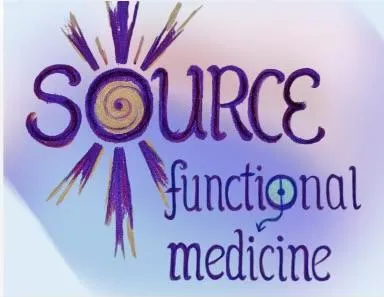
928-699-9508
2708 N 4th St Ste B-6
Flagstaff, AZ 86004
Regenerative Injection therapies
INJECTION THERAPIES offered include prolotherapy, ozone injections (Prolozone as taught by the American Academy of Ozone Therapy), and neural therapy.
PROLOTHERAPY: Prolotherapy works by stabilizing and tightening down the whole joint, eliminating pain that is caused by injured ligaments and tendons, and stimulating healing inside the joint. It works by injection of a medicine into all the ligaments and tendons of a joint for the purpose of stimulating the body to regenerate and strengthen the injured connective tissue. Usually, this medicine is a simple mixture of dextrose with the original local anesthetic procaine.
Prolotherapy works by stimulating an inflammatory response inside the ligament or tendon sheath. This causes fibroblasts (cells that make new connective tissue) to start laying down new connective tissue. In this way we can strengthen the overstretched and injured ligaments and tendons around a joint, improving stability and relieving pain. We can also stimulate regeneration of the cartilage within a joint. This is an excellent treatment for either sports injuries or degenerative arthritis, because it stabilizes the joint and protects against progression of arthritis. See osteopathic approach to injections below.
PROLOZONE
Injection of local anesthetic, vitamin and dextrose solution followed by ozone gas, as taught by Frank Shallenberger M.D. and the American Academy of Ozone Therapy. This treatment combines elements of prolotherapy with the healing assistance and pain relief of added ozone. Ozone has additional benefits of improving mitochondrial function, tissue oxygenation, ability to fight infections, and dramatic pain reduction, which makes it an ideal complement to combine with both neural therapy and prolotherapy. It is additionally an excellent treatment for patients with chronic infections and inflammation exacerbating pain and joint dysfunction, because ozone kills any biofilm component in the joint space. This treatment can be used in joints, or in trigger point in the muscles, or under the skin to relieve pain over other injured areas.
NEURAL THERAPY
Neural therapy uses the original local anesthetic procaine to reset and erase injury or disease patterns in the nervous system that cause pain and disease. Often these are imbalances in the autonomic (involuntary) nervous system that cause localized pain, compromised tissue healing, compromised tissue detoxification, compromised blood supply, compromised organ function, etc.. These imbalances can result from physical injury or emotional trauma, surgery, scars, toxic exposure, infections, etc..
Neural therapy may include injections into scars, injections around nerve ganglion, injections into the skin over internal organs or painful joints. Segmental therapy modifies the blood supply to deeper tissues by injecting small amounts of procaine into the skin. This signals through the sympathetic innervation in the skin to open blood supply to a joint or internal organ that has constricted blood supply/compromised healing/detox and is expressing pain or disease.
TRADITIONAL INJECTIONS
Dr. Burgoon also offers conventional injections of local anesthetic and steroid combination into muscle trigger points or areas of joint pain. In certain conditions, such as trigger fingers this is the most effective management.

osteopathic approach to injection therapies

It is important to distinguish the increased efficacy of palpatory diagnosis and accurate injection placement that comes with an osteopathic approach to injection therapies. Many practitioners have been trained to place an injection only into the joint space or into just one or two ligaments or tendons. Although it involves less training, effort and time, this is a limiting approach in terms of efficacy and pain relief.
There are two considerations that make simple quick single location injections sub-optimal: first, it is the ligaments and tendons around a joint that hold the joint stable and prevent excess wear and tear on the cartilage and/or disc during movement. Injecting into the joint space alone does nothing to address this primary cause of joint degeneration. Second, most of the pain receptors are in the ligaments and tendons in and around a joint, not the articular surface of the joint. When we sustain an injury that leads to pain and eventually arthritis, the trauma stretches and may tear to varying degrees the ligaments and tendons that hold that joint together. This causes pain because the pain receptors in those ligaments are constantly being stimulated as the excessively loose ligaments move and stretch abnormally during activity. The excess play in the joint also allows more abnormal friction impact in the joint then was previously present, accelerating ligament and cartilage damage, bone spur formation, etc.
The joint instability that results from abnormally stretched and loose ligaments and tendons then causes more wear on cartilage and bone, and narrowing of the joint space. This leads to degeneration of cartilage and other arthritic changes such as bone spurs and cysts forming in the bone around the join. Bone spurs and other arthritic joint changes can be seen as the body’s way of trying to stabilize a joint that has too much movement because of injured ligaments.
The above information builds a foundation for understanding why it is more important as a prolotherapy practitioner to accurately diagnose tender ligaments and tendons around a joint by palpation and to inject into all of those, than it is to use an expensive injection agent. The purpose of injecting the ligaments is to stimulate regeneration and strengthening of those weakened connective tissues to stabilize the joint and prevent progression of degeneration.
Injection into the joint space with regenerative solution and ozone is part of the process in order to halt biofilm contribution to arthritis and assist regeneration of cartilage, but without also injecting all of the relevant ligaments and tendons hodling that joint together, the results are limited. Any joint injection we do will likely involve at least five and likely up to ten sites of injection for different ligaments and tendons in and around the joint.
SUFFERING FROM CHRONIC PAIN?

ROOT CAUSE
Our thorough exam / diagnostic testing will determine the root cause of your pain!
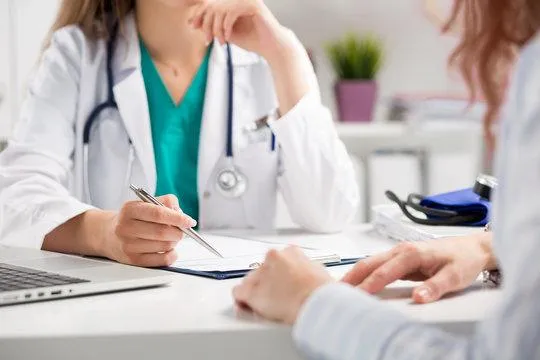
OUR APPROACH
Our approach is safe, natural, minimally-invasive, gentle, and provides lasting relief!
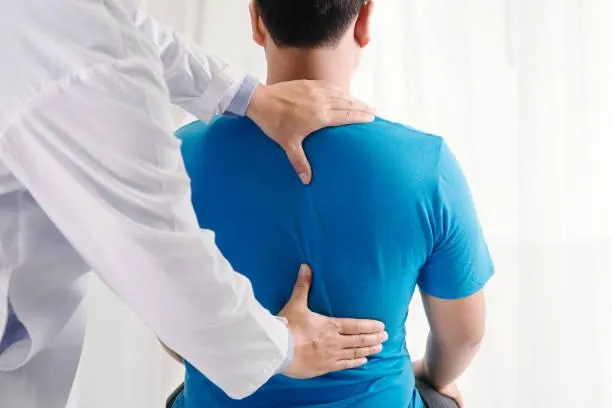
SOLUTION
We'll provide you with our recommended action plan that provide lasting solutions!

WHAT CAN YOU EXPECT FROM INJECTION THERAPIES?
You can expect that the pain will be dramatically less or gone when we finish your injection session. We use palpation of tender areas and provocative motion testing in the office during injection sessions to make sure we inject all of the areas causing the pain. Most of the time, while the procaine is still active, the pain will be gone. Once the procaine wears off in the first hour after injections, the area can feel sore and achy for 24 hours where the ozone was injected into muscles or under the skin.
Prolozone injections usually reduce pain within 1-2 days of injections. Increased soreness can last from 2-14 days where we do prolotherapy. Usually this is mild. Pain reduction and improved joint stability/performance is usually noticeable around 3-4 weeks after injections, depending on the location and patient's individual condition.
Prolotherapy induces strengthening of the ligaments over about 5 months after injections, which tapers off after the first two months or so. Depending on the location, severity and duration of your condition, the doctor may recommend that you repeat the injections 1-3 more times after the first session, at 2–6-week intervals. This also depends on the athletic goals of the patient. Treatment may be more frequent with athletes who want faster results and also are more demanding on their joints.
During this recovery, for 2 weeks after injections it is important to keep active with exercise like walking or biking, but also important not to strain the joint with stretching, twisting or weight-lifting.
It is recommended to not take NSAIDs such as aspirin, naproxen or ibuprofen to avoid platelet inhibition which will dampen the regenerative response. These should be avoided for 2 weeks prior to injections and 2 months after injections. Ice, heat and tylenol are OK, or other prescription pain medicines like tramadol.
Additional important note: some patients have systemic health conditions and/or nutritional/environmental problems that need to be addressed before the body can maximally benefit from regenerative injections. Structural problems like a flattened arch or short leg can also prevent optimal response to treatment. For this reason, Dr. Burgoon does a thorough intake medical history and structural/osteopathic exam on all patients requesting injections, and we will discuss and address these prior to initiating injections if necessary.
MEET THE DOCTOR
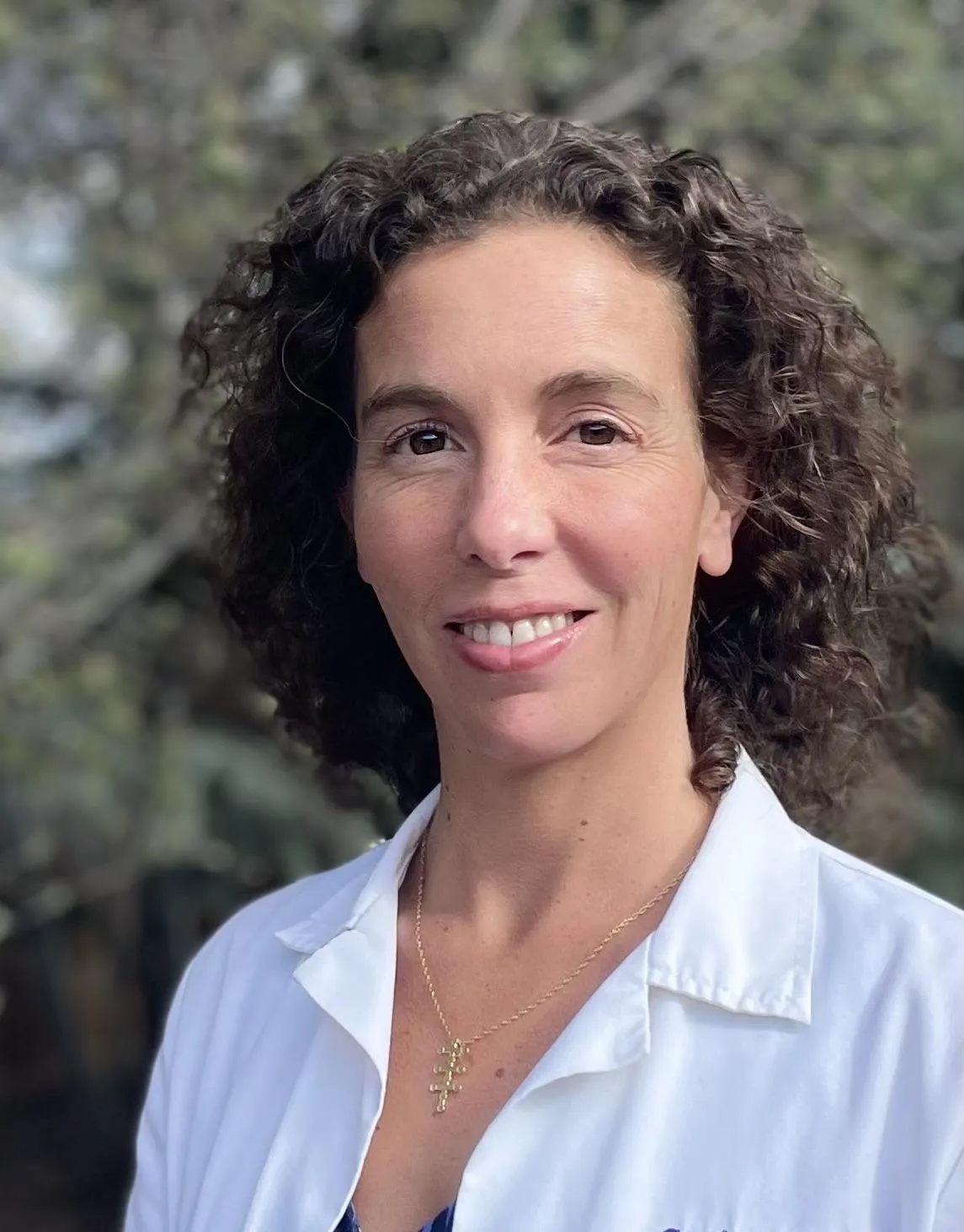
Dr. Emily Burgoon

Thank you for your interest in my practice!
My specialty is Osteopathic Manipulation and Neuromusculoskeletal Medicine.
I completed my residency training at Northeast Regional Medical Center in Kirksville, Missouri and am a graduate of the New York College of Osteopathic Medicine.
I practice both whole-body structural manipulation and Biodynamic Cranial Osteopathy. I was a student of Dr. James Jealous for 10 years.
I also offer a range of regenerative injection therapies including prolotherapy, ozone and neural therapy. My holistic medical practice includes anti-aging therapies such as peptides, bio-identical hormone replacement, functional medicine, holistic nutrition, psychological well-being and energy medicine.
I see each of my patients as a unique and dynamic individual on a meaningful life journey, and I love working with them toward reconnection to Health and Life.
BETTER HEALTH IN JUST 3 EASY STEPS!
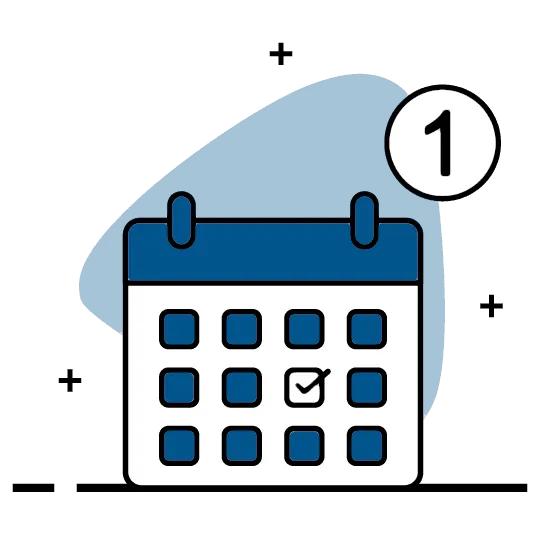
Book Your Appointment
Using our online booking, schedule a time that works best for you.
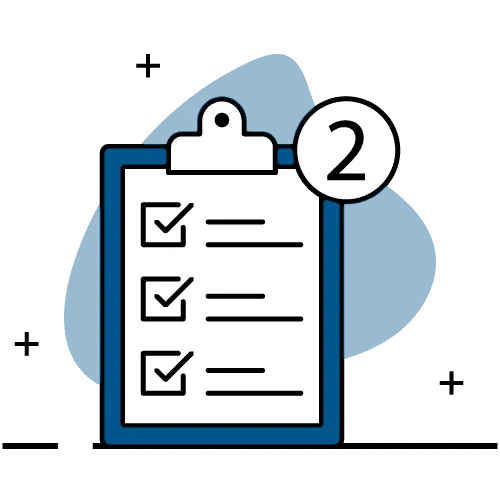
Get Your Treatment Plan
We create a plan that is specific to you, your needs, & your goals.
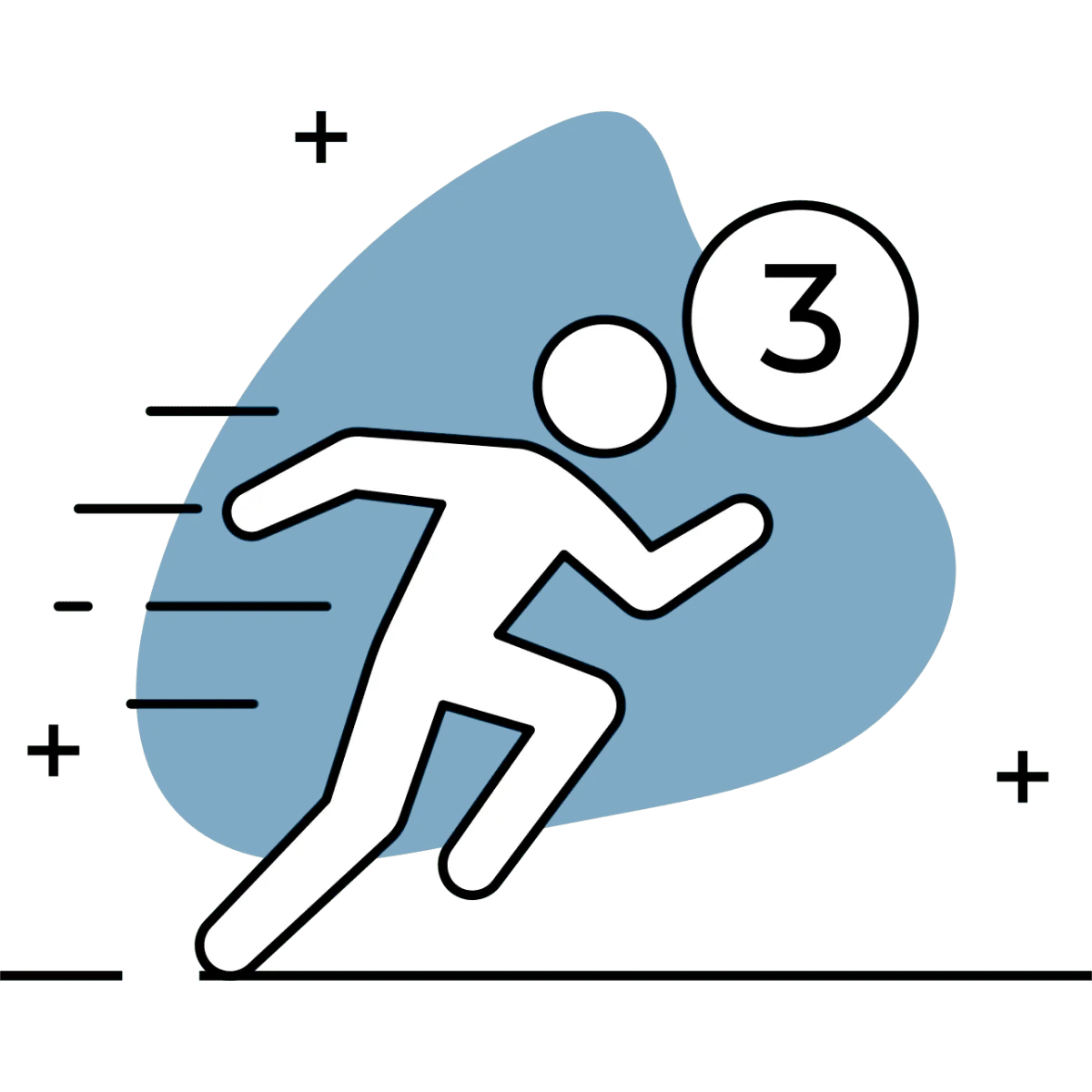
Feel Great Again!
Within days you'll have a more optimal state of health & vitality!
FIND THE CAUSE - LIVE THE SOLUTION
Dr. Burgoon is not just a health care professional. She works in partnership with her patients in achieving a natural, pain-free lifestyle. With more than a decade of experience, a passion for wellness...she is here to help you live your best life. Book your appointment today and start your journey to a pain-free future.
NEW PATIENT SPECIAL
Are you a new patient? Take advantage of our Special Offer!

Follow Us
Contact Us
928-699-9508
2708 N 4th St Ste B-6
Flagstaff, AZ 86004
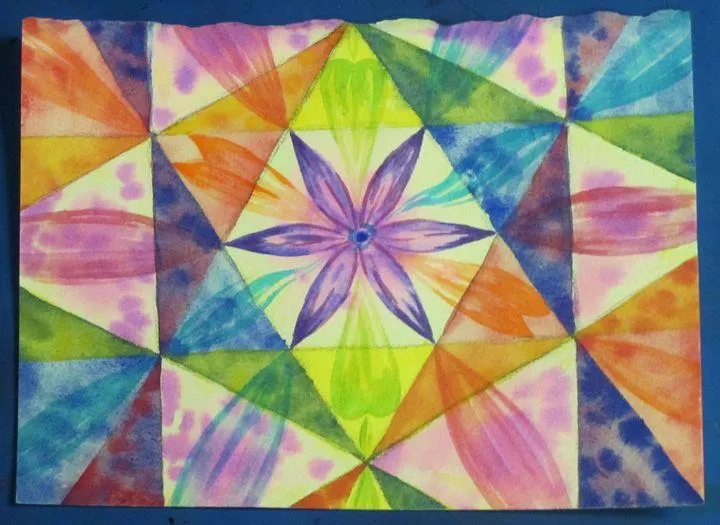
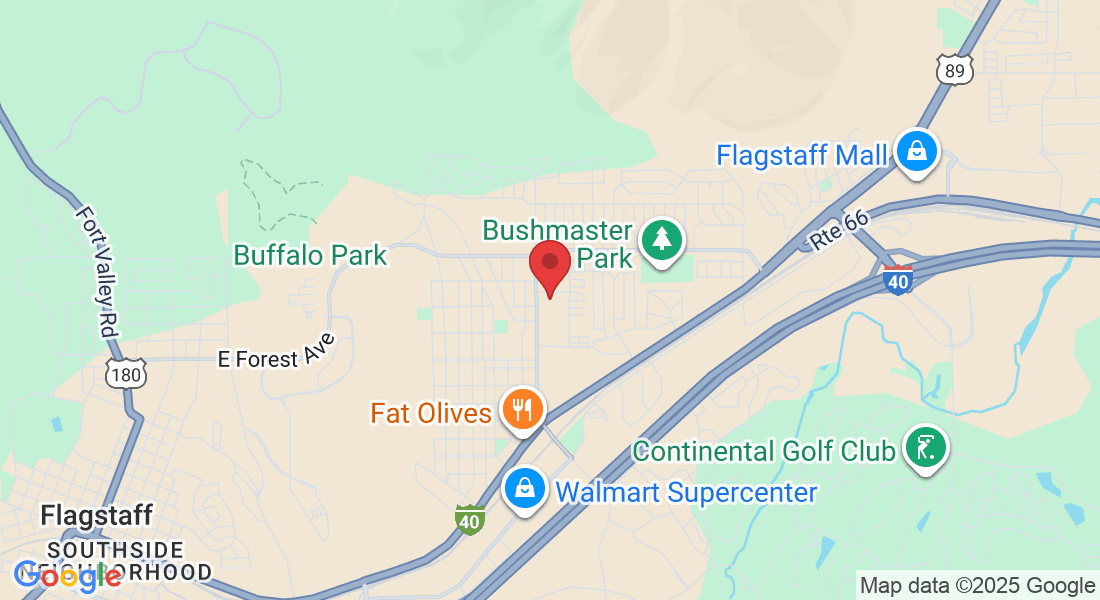
Facebook
Instagram
X
Youtube
Pinterest
Website